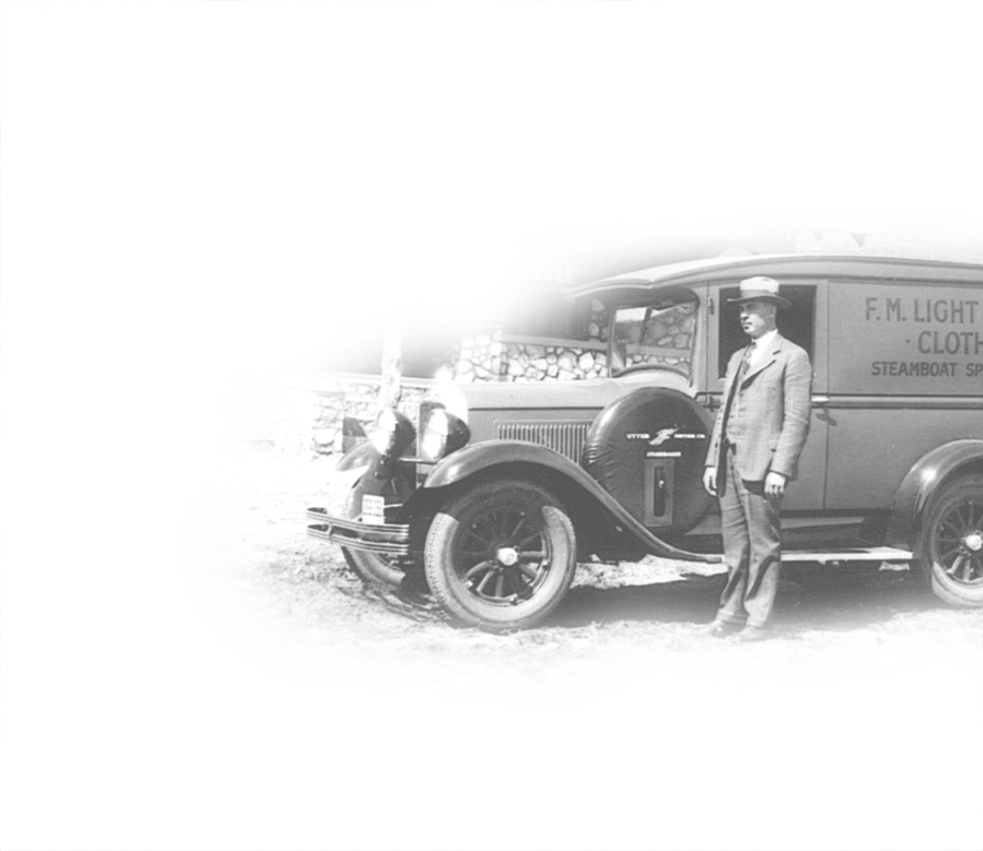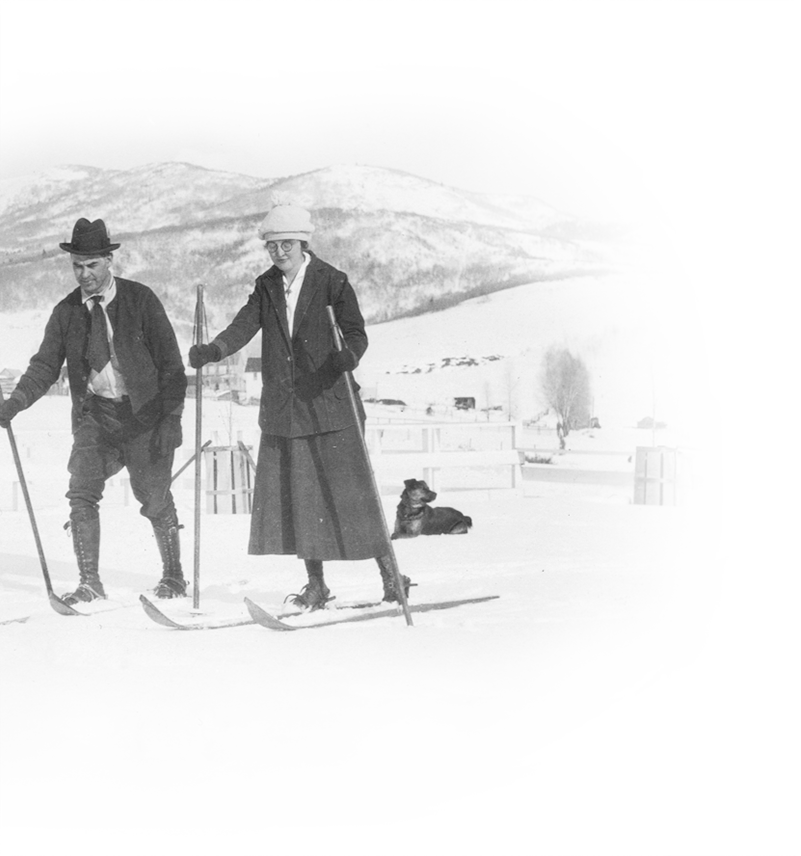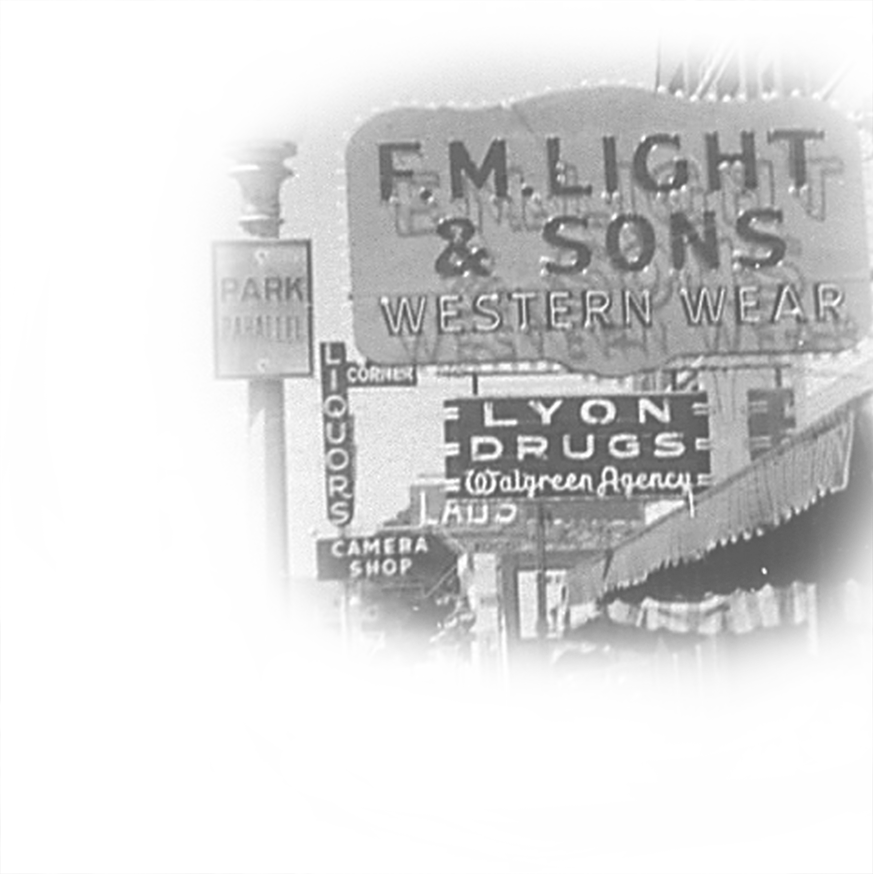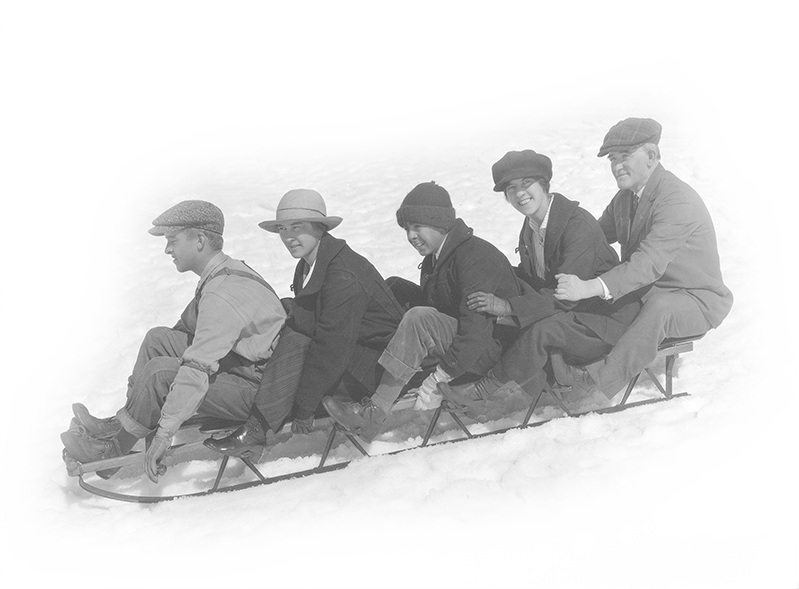Item 2: Jeans
History: A lot of us think of blue jeans as purely American. While denim has become iconic as an American fashion piece with ties to the wild west, the fabric has roots that are much older.
The name “jeans” originates from Genoa and comes from the word genuense, meaning “of Genoa.” The material was primarily used in maritime applications and the earliest forms of the fabric resembled corduroy, another material Genoa was known for at the time. It wasn’t long before people started wearing it because of it’s combination of comfort and durability. The oldest known depiction of denim clothing comes from the 17th century.
The French soon decided to imitate this wonderfully useful material. After much experimentation and testing they created their own twill version fabric and named it denim – or de Nimes; literally “from Nimes.”.
Genoese exportation is, however, the primary method that the fabric found it’s way to different parts of the world. It was used as both sailcloth and as a protective wrapping for goods that were shipped by sea. It was also undoubtedly re-purposed as clothing soon thereafter. In fact, as recently as 2010 discoveries have been made in the origin of denim and its use as clothing. A series of ten paintings originally attributed to various master painters from the 17th century is now being attributed to a single, previously unknown, artist. Art experts have dubbed this painter “The Master of the Blue Jeans” because of these painting’s particular depiction of people wearing indigo-dyed denim. This means that denim was used as clothing as early as 1655.
However, it wasn’t until the late 1800’s that jeans came into the form that we now recognize as an American fashion icon. American blue jeans are nearly synonymous with “Levis”, and that is because of a German man named Leob. It all makes sense if you read about Leob’s history, here. Leob Strauss revolutionized jeans in 1873 with a patent for an “Improvement in Fastening Pocket-Openings.” This improvement is what we know as the little copper rivets that reinforce the pockets of our pants today.
Blue jeans soon became popular because of their durability and usefulness. Workers and cowboys found them to be extremely resistant to wear, and they became standard during WWII for defense workers. Nowdays, of course, most of us wear them because they look great and are comfortable. But that’s not to say that jeans have lost their functionality as durable workwear.
Purpose: For the cowboy, jeans are essential to life on a ranch.
Life on a ranch often requires difficult, dirty work. Rounding up cattle, roping, branding, digging fencepost holes and stringing barbwire are all rough work that require hardy clothing. As if this wasn’t enough work cut out for their jeans, cowboys play hard as well. Riding broncs and bulls also requires durable gear. And thanks to the Genoans and Levi Strauss, cowboys now have fashionable, dependable clothes that look really good too.





Pingback: History of F.M. Light and Sons | Old Newspaper Ad » F.M. Light and Sons | Men's and Women's Clothing and Cowboy Boots - Historic, Western Wear and Apparel Store in Steamboat Springs, CO
Pingback: The Purpose of Western Clothing: Cowboy Boots | History with F.M. Light and Sons » F.M. Light and Sons | Men's and Women's Clothing and Cowboy Boots - Historic, Western Wear and Apparel Store in Steamboat Springs, CO